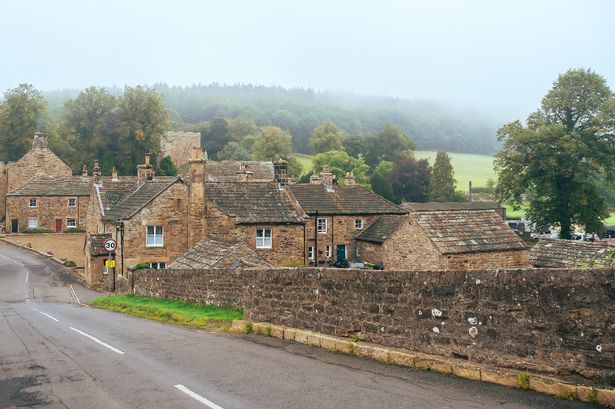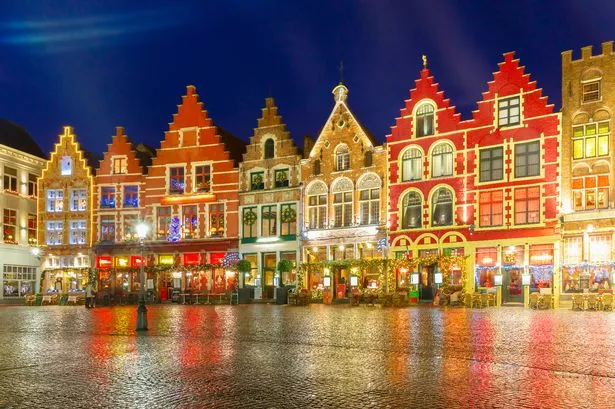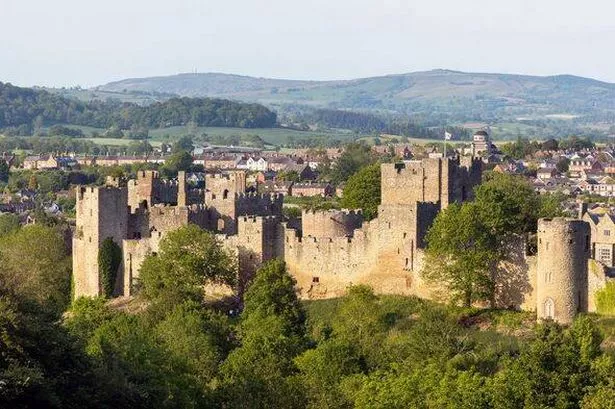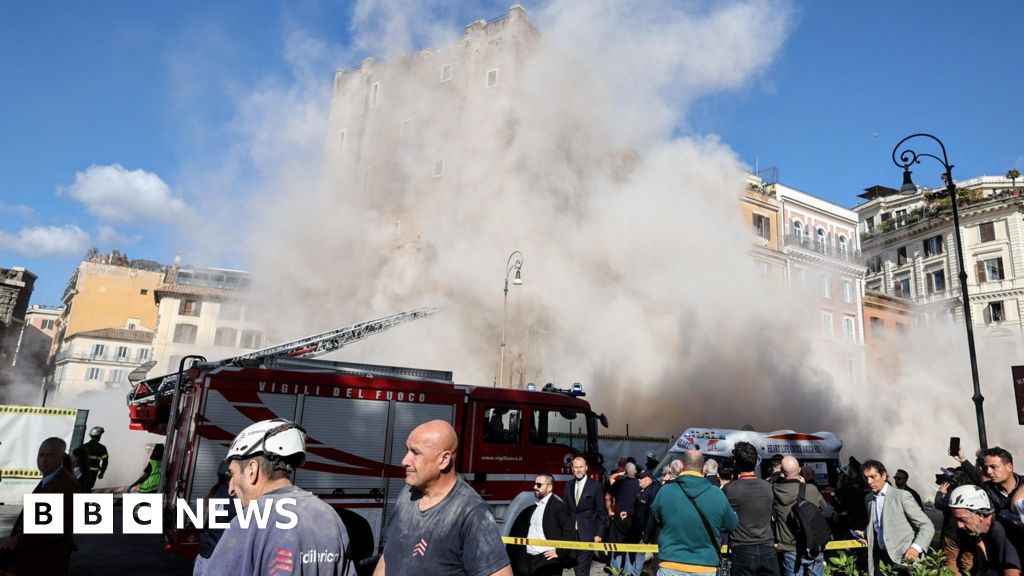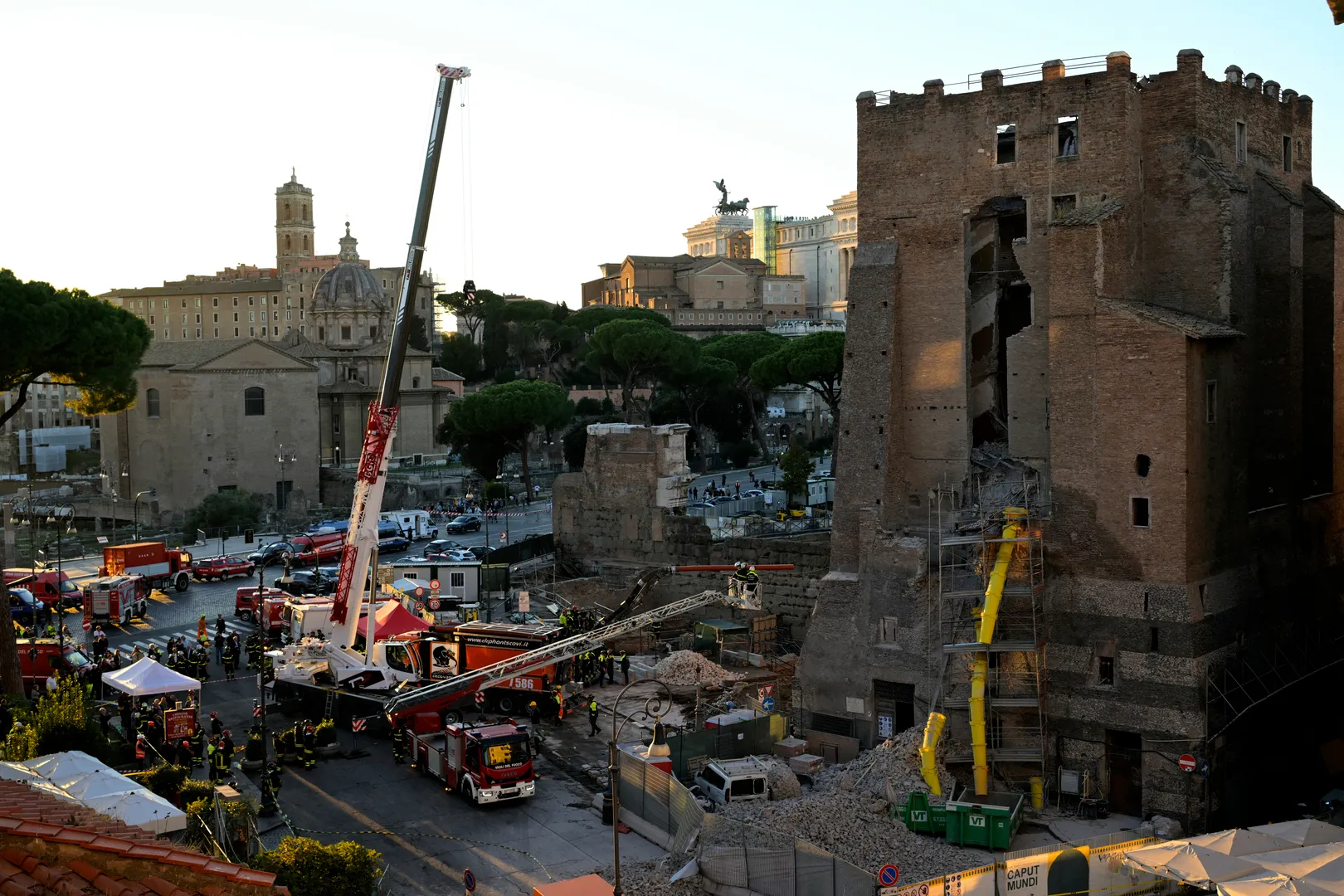This village is considered one of the most beautiful villages in the North East, drawing in visitors who flock to soak in its historic charm and stunning natural setting
Just an hour’s drive from Newcastle, you’ll find yourself in the enchanting village of Blanchland, built entirely from historic stone.
Nestled beneath a “woodland cloak in a fairytale setting,” as Visit Northumberland puts it, lies the idyllic village of Blanchland. Perched on the border of County Durham, in Northumberland, this area is hailed as one of the Northeast’s most stunning spots.
The village itself is constructed from the stones of the 1165 Blanchland Abbey, and its rich history resonates through the walls of its buildings. They line the cobbled streets, home to a variety of traditional cafes, bakeries and shops, with nary a sign of modernity in sight.
Blanchland is encircled by fells, offering awe-inspiring views due to its close proximity to the North Pennines Area of Outstanding Natural Beauty. However, what lures many visitors is its historic abbey, founded by Walter de Bolbec and once visited by the illustrious Edward III.
A TripAdvisor review reads: “It’s right in the centre of the medieval village of Blanchland; no entry costs, just go in and peruse at your leisure. It really is a lovely old abbey; nearby tea rooms and gift shops make it well worth a visit.”
Another visitor described the site as “simply lovely”, saying: “Whenever we are in the area, we love to drive to Blanchland to stroll in the attractive stone village and look at this lovely church. The church was once part of a much bigger abbey, and it is perhaps worth considering the general history.”
Despite having just 135 residents according to the 2011 census, the village attracts tourists from across the country, eager to soak up its picturesque atmosphere. Many head straight to the Lord Crewe Arms Hotel, one of Britain’s most historic inns, with roots stretching back to the 12th century.
The pub boasts traditional character throughout, featuring rustic wooden beams, stone walls and crackling open fires. One recent guest said: “After a few days touring round Northumberland we saved the best hotel till last, and it did not disappoint.”
Another raved: “We just loved everything about this hotel. The fabulous location, the glorious building, the gorgeous room, the lovely bar, the friendly and helpful staff – brilliant.”
Set amidst breathtaking countryside, Blanchland offers several popular walking trails perfect for discovering the landscape and taking in the sweeping moorland. For a gentler option, try the Blanchland and Shildon loop at roughly 5.6km, or tackle the 8km route from Blanchland to Edmundbyers, which features diverse terrain and spectacular North Pennines vistas.
